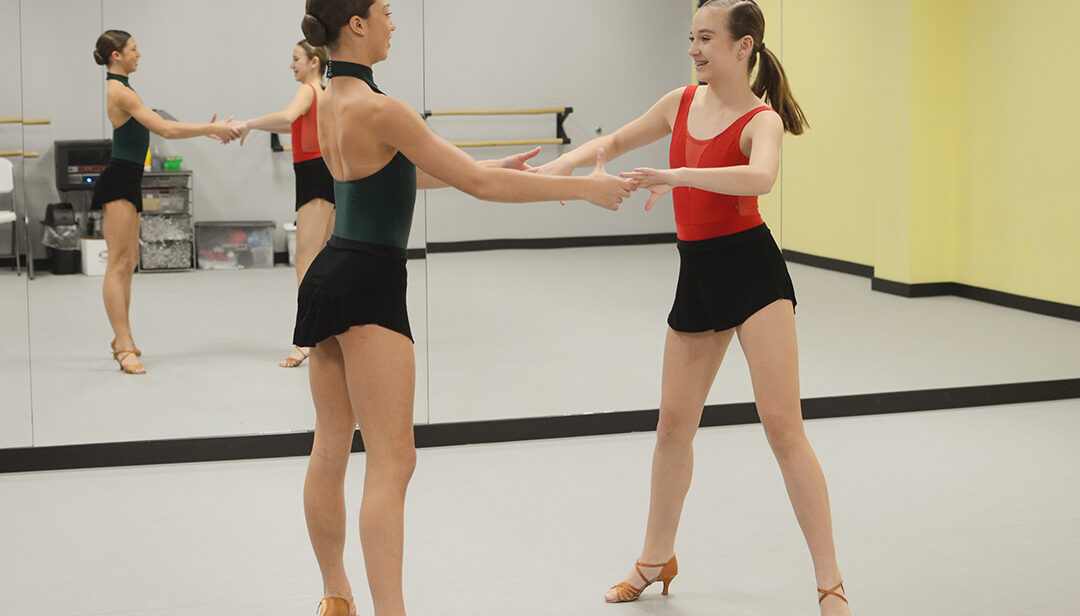
Preventing Injuries: What Young Dancers Need To Know
Why do dancers commonly have hip pain?
Dancers put their hips in extreme postures repeatedly and this can cause changes in the soft tissues and/or the bony structures in the hip joint. As a growing child, the body will go through changes EVERYWHERE. Bones and muscles are just trying to keep up. If there is an imbalance of bone, muscles and ligaments, pain can be quite common and cause greater issues if left untreated.
What advice do you give young dancers to prevent hip pain?
Core training is critical for dancers and many other athletes. A strong and well-positioned foundation allows the dancer to move with control and minimize injuries. Also, symmetrical flexibility and body awareness is important as most front split aspects are with the right leg forward. Be sure to work on the left as well! Finally, taking strategic rest breaks each week and throughout the year can reduce the risk of injury from overuse.
What can dancers do to improve body awareness?
Learning how to breathe is the first step to body awareness. Next, foundational activation to trigger core strength, improve posture and reduce improper loading through the spine.
When dancers begin to have hip pain, what is your recommendation?
When any athlete begins to have pain, it is important to recognize which moves are painful and the body’s response to the pain (swelling or continued pain after activity greater than one day). Never ignore the pain. Pain during and after activity should be evaluated, often rest is the first line of defense. Though an athlete never wants to stop their sport or activity, a short break at the first sign of pain can prevent significant complications. If the athlete has rested and returned to activity and the painful response continues, it would be best to see a medical provider and physical therapist for appropriate evaluation and treatment.
Learn more about sports physical therapy and find resources for dancers.
